What Is an Audio Interface?
An audio interface is a piece of hardware used to send audio signals to and from a computer or recording device. Audio interfaces convert analog audio signals from sources such as microphones and instruments into digital audio signals that can be interpreted by a computer and audio software.
By the same token, audio interfaces can also convert digital audio—such as computer system sounds or playback—into analog signals played from headphones or speakers. Most consumer audio interfaces include a level-control knob for their speaker outputs as well as for any headphone outputs.
Audio Interface Connections
Audio interfaces have a variety of connection types used for both input and output. Modern audio interfaces usually include a combination of the following:
Microphone Input
An audio input for a microphone accompanied by a microphone preamp and gain control. This input come in the form of an XLR, TRS, or Combo connector, and can also include buttons or switches for phantom power (+48V), a pad, and polarity reversal. Many microphone inputs can also be switched between microphone and line levels.
Line Input
An audio input for line-level signals, usually in the form of a TRS connector. If the audio interface has microphone preamps, it may come with the option to switch between mic and line level. A line connection can be used for headphone amplifiers, outboard gear, and other line-level devices.
Instrument Input
A high-impedance input for instrument signals, such as directly from an electric guitar or bass. These connectors are usually in the form of a TS or Combo input.
Headphone Output
A quarter-inch TRS output which typically has its own volume control. This is useful if you don't have monitors/speakers, or simply want to use headphones with your audio interface. Note: This output does not use the typical eighth-inch connector provided with most headphones, so it usually requires an 1/8-in. (eighth-inch) to 1/4-in. (quarter-inch) adapter. Some interfaces have more than one headphone output.
Monitor/Speaker Outputs
Stereo (left and right) audio outputs for connecting the audio interface to a set of speakers or monitors. These often are in the form of XLR or TRS connections, and usually have a corresponding volume-control knob on the audio interface.
USB/FireWire/Thunderbolt (for Computer Connection)
An output for connecting the audio interface to your computer. This is the connection that sends audio to and from your audio interface and, simultaneously, to/from your computer. Most modern consumer audio interfaces use either USB or Thunderbolt connections, but some other connection types that interfaces use include FireWire, AVID's “Digilink,” and Dante.
MIDI Input/Output
5-Pin DIN connectors used to connect to MIDI devices. These are less common on modern audio interfaces, as most MIDI devices instead tend to directly connect to the computer via USB.
Selecting an Audio Interface
Determining which audio interface is the right fit for you depends on a multitude of factors, including: budget, input and output types, computer connections for your setup, portability, and quality, all within the context of your own goals.
Before purchasing an audio interface it is recommended to develop a picture of your ideal setup with the above factors in mind.
To get started selecting an interface, take note of your long-term goals in conjunction with your current setup. A more budget-friendly interface with a few inputs/outputs might be more than suitable for small-scale recording projects, whereas a high-end interface can ensure you do not have to make upgrades in the future.
From there, consider the connections your computer uses. For example, if your computer does not have a Thunderbolt port, you may need to purchase an additional adapter, or narrow down your options to audio interfaces that use USB connections (of which there are several).
Relevant Terms
Bus-Powered: powered via USB connection to the computer, and does not require any additional power supply
Class-Compliant: does not require any additional driver or software downloads in order to be used on various systems
Phantom Power: additional voltage (DC power) sent through an XLR cable to power a microphone with active circuitry
Berklee Online students can also take advantage of discounts on certain hardware. If you are an enrolled Berklee Online Student, check our Student Deals page for information on what discounts are available and how to take advantage of them.
Support Picks
Below are some of our recommendations of audio interfaces at different price points.
Entry Level
These interfaces are known for their long-lasting quality at a great price and are great for smaller setups, or if you are just starting out.
- Connection: USB
- Power source: Bus-Powered
- Requires proprietary software: No; Class-Compliant
- Inputs: 2 mic/line inputs
- Outputs: 2 Line Out (L/R), 1 headphone output
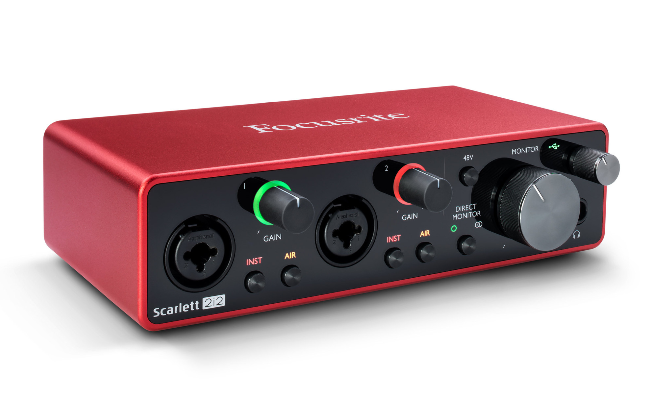
- Connection: USB
- Power source: Bus-Powered
- Requires proprietary software: No; Class-Compliant
- Inputs: 2 mic/line inputs
- Outputs: 2 Line Out (L/R), 1 headphone output
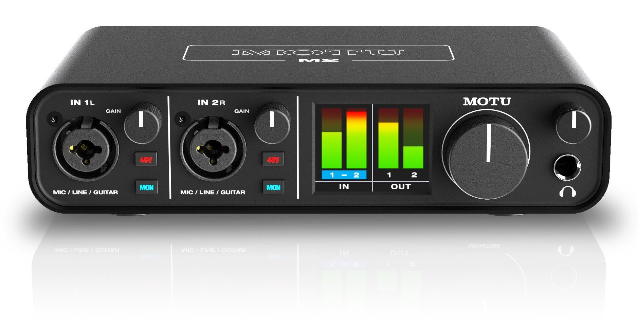
- Connection: USB
- Power source: Bus-Powered
- Requires proprietary software: No; Class-Compliant
- Inputs: 2 mic/line inputs
- Outputs: 2 Line Out (L/R), 1 headphone output
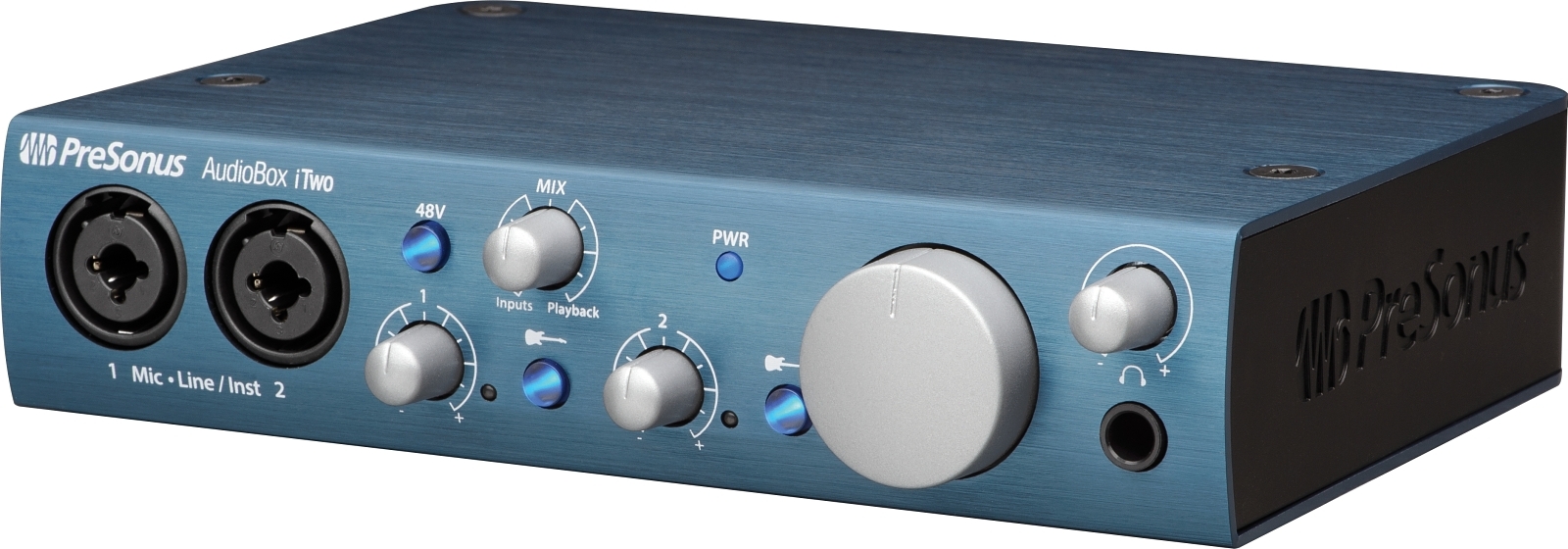
Mid-Tier
These interfaces are excellent options for the developing home-studio, expandable configurations, and for transitioning into larger-scale recording projects.
- Connection: Thunderbolt 3
- Power source: External power (AC)
- Requires proprietary driver(s): Yes ("Console" software)
- Inputs: 2 mic/line inputs, 1 instrument input
- Outputs: 2 Line Out (L/R), 1 headphone output
- Additional features: Includes access to Universal Audio's Realtime Analog Classics plugin bundle, as well as a variety of classic mic preamp emulations with on-board DSP.
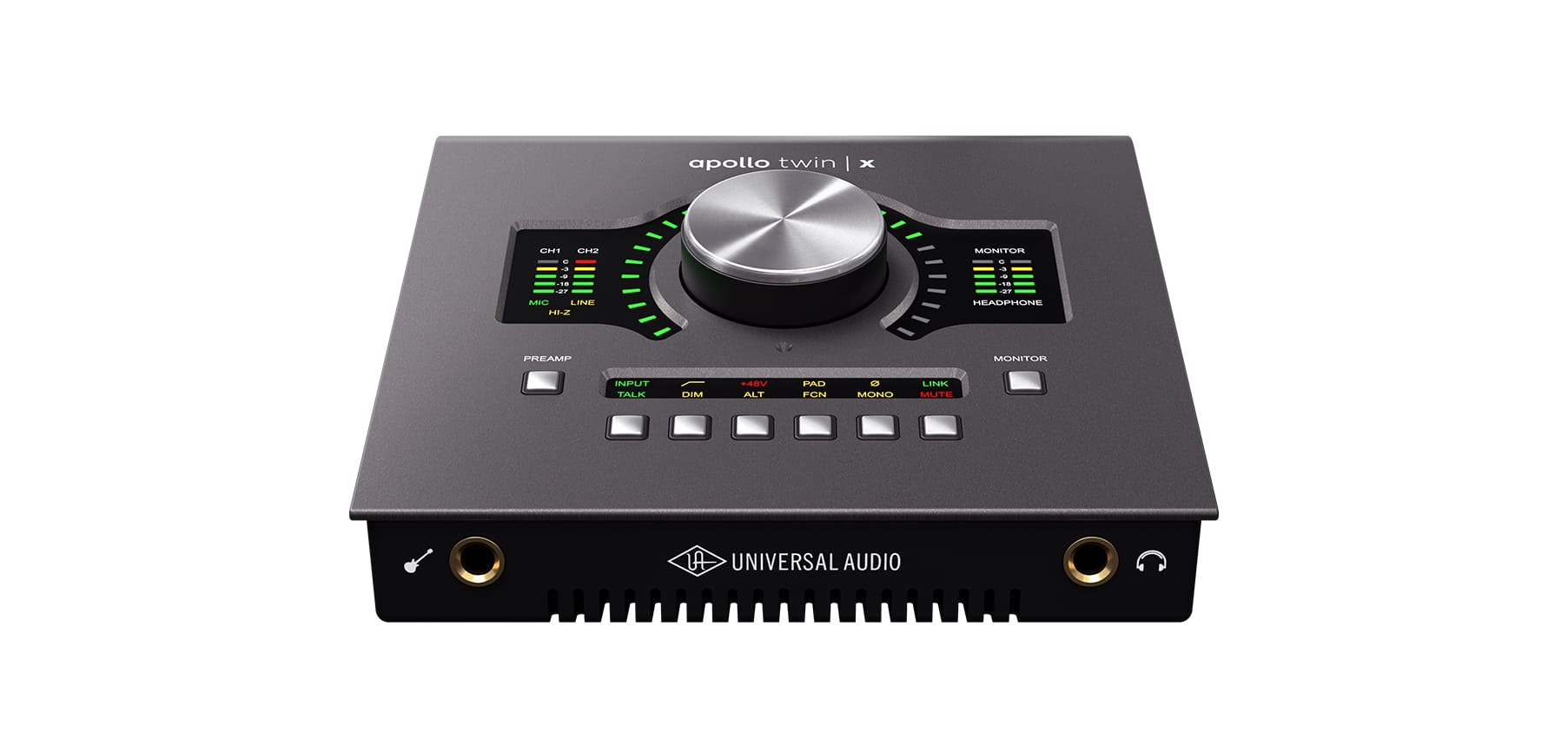
- Connection: USB or Thunderbolt 3
- Power source: Bus-Powered
- Requires proprietary driver(s): Yes ("Control Panel" software)
- Inputs: 2 mic/line inputs, 1 instrument input
- Outputs: 2 Line Out (L/R), 1 headphone output
- Additional features: Includes 37 real-time DSP effects (plus more available for purchase through Antelope's “Synergy Core” library).
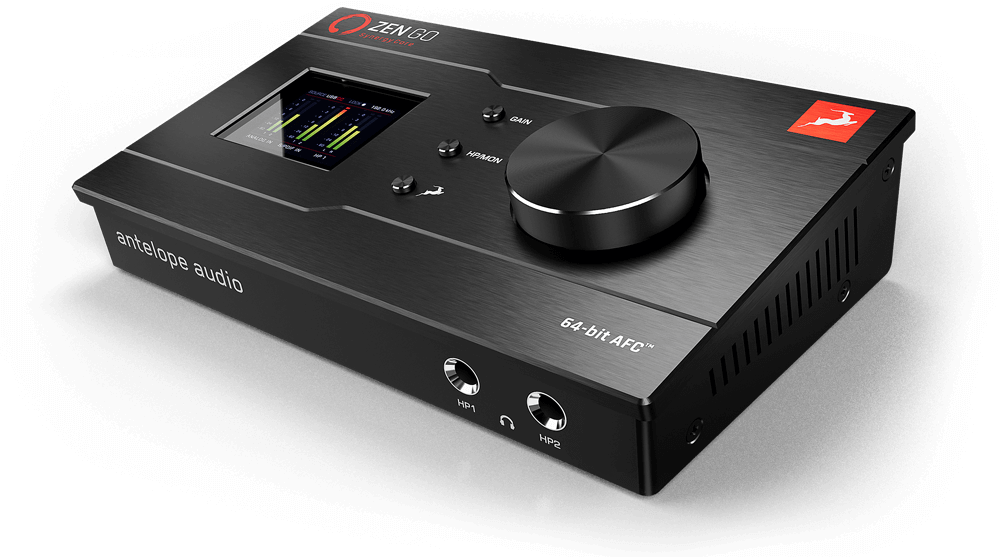
- Connection: USB
- Power source: Bus Power or external power (AC)
- Requires proprietary driver(s): Yes ("TotalMix FX" software)
- Inputs: 2 mic/line inputs, 1 instrument input
- Outputs: 2 Line Out (L/R), 1 headphone output
- Additional features: The digital real-time mixer TotalMix FX is included with the interface, and the application TotalMix Remote can be used to remotely make adjustments to the interface's configuration. Up to six device setups can be stored in the interface's memory for easy swapping between pre-set configurations.
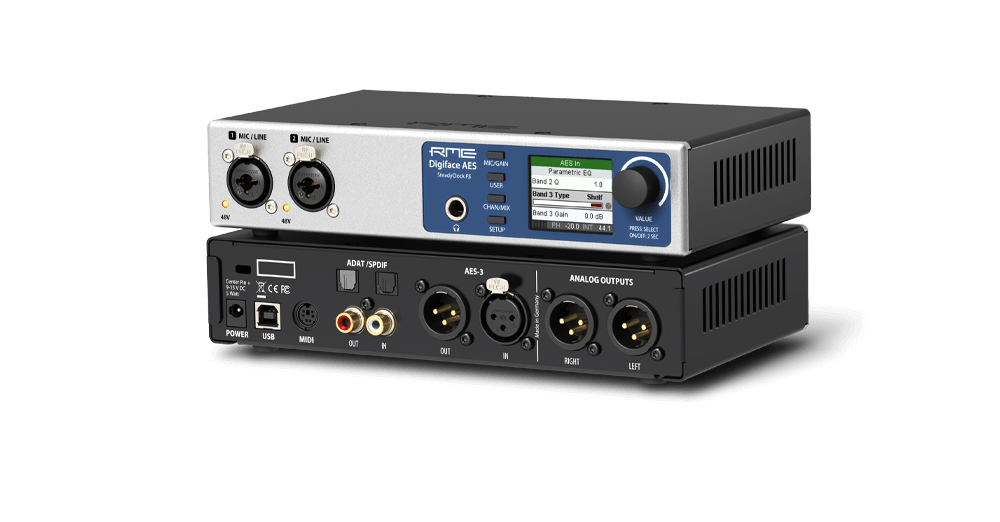
Top Tier
These are high-end audio interfaces designed to be used in commercial recording facilities. They are expensive and most likely overkill for most non-professional audio applications, but still great to explore.
- Connection: Ethernet
- Power source: Included DC power supply
- Requires proprietary software: Yes
- Inputs: 8 mic/line inputs, 2 instrument inputs
- Outputs: 8 analog out, 2 monitor out (L/R)
- Additional features: Built-in HDX DSP acceleration, along with optimized integration with Pro Tools, allow this interface to record using extensive real-time processing while optimizing CPU and introducing minimum latency. Purchase of the Pro Tools Carbon also includes a Pro Tools Ultimate Perpetual license and access to additional plugins.

- Connection: Dante or AVID "Digilink"
- Power source: Included DC power supply
- Requires proprietary software: Yes ("Titan Controller" software)
- Inputs: 4 mic/line inputs
- Outputs: 8 TRS socket outputs
- Additional features: Includes a powerful built-in digital mixer and, with the purchase of Titan's Ultimate Collection version, access to a variety of additional virtual instruments, FX plugins, and the DAW SADiE for high-precision audio editing.

- Connection: Thunderbolt 3
- Power source: Included DC power supply
- Requires proprietary software: Yes ("Console" software)
- Inputs: 8 mic/line inputs
- Outputs: 8 analog outputs
- Additional features: Like the Apollo Twin listed above, the Apollo x8 includes access to its own set of real-time plugins for use while recording. Beyond that, it also allows access to the entire UAD plugin library with hundreds of renowned plugins available.

If you have any questions or would like specific recommendations on the best audio interface for your goals, feel free to contact the Berklee Online Support team by emailing support@online.berklee.edu.

